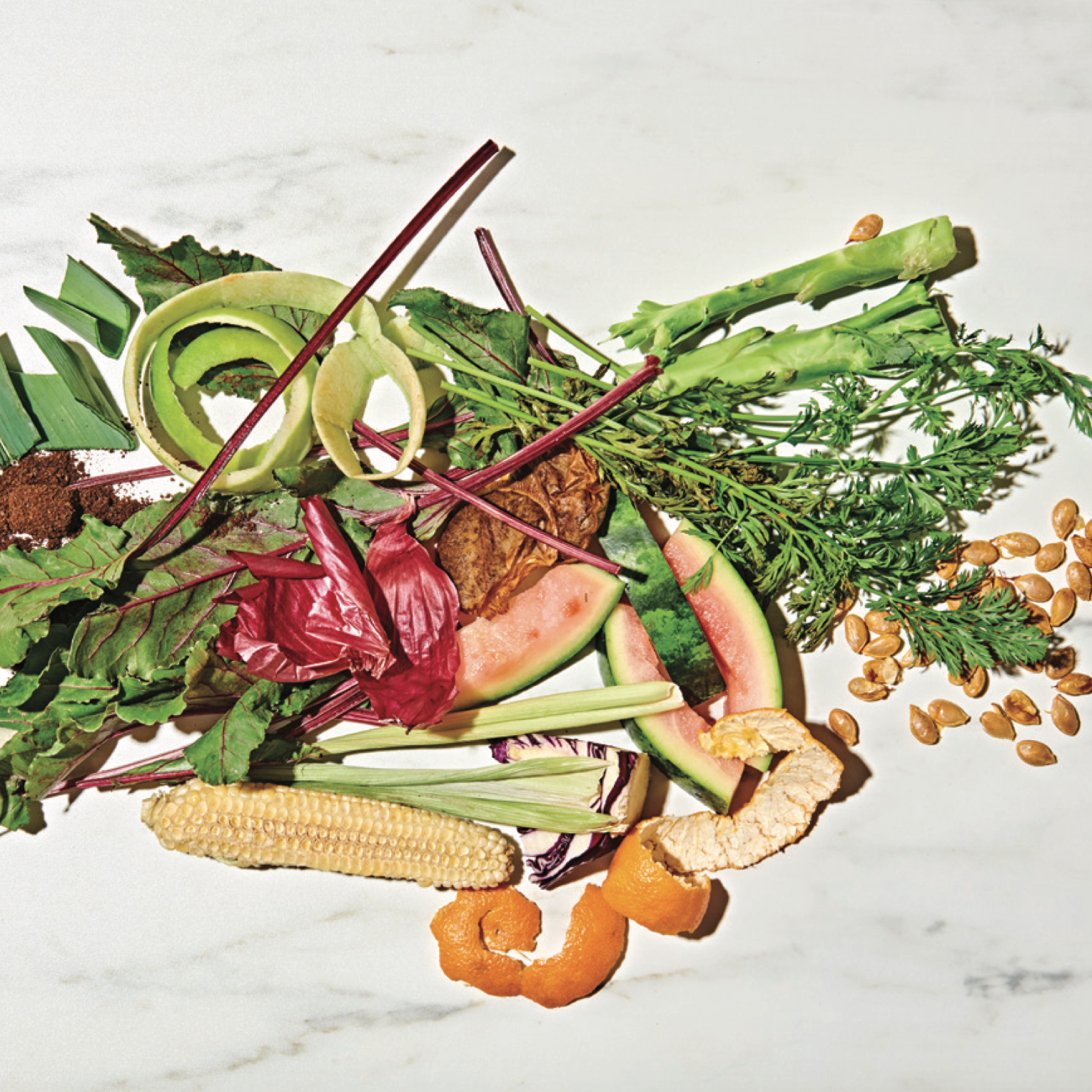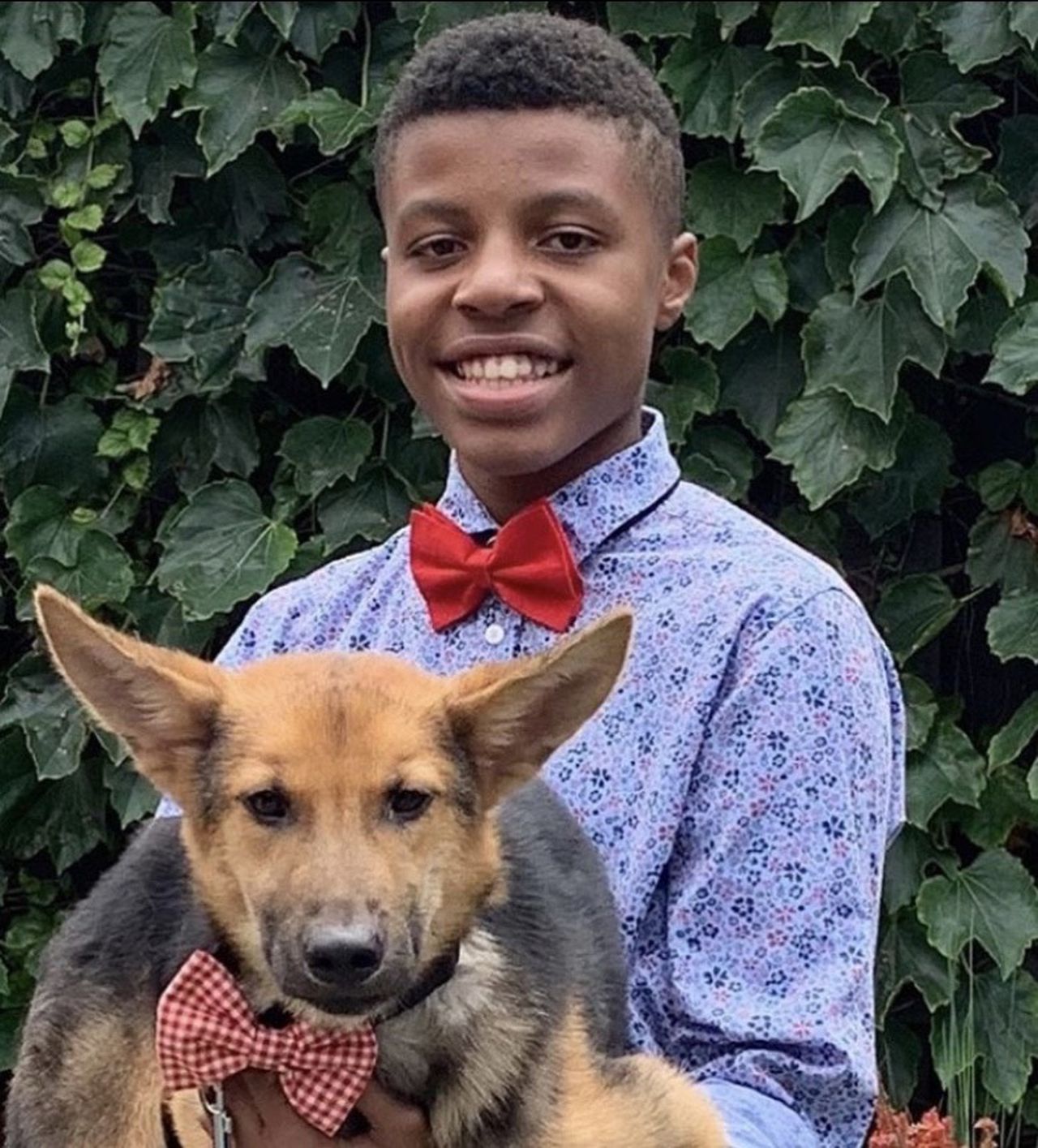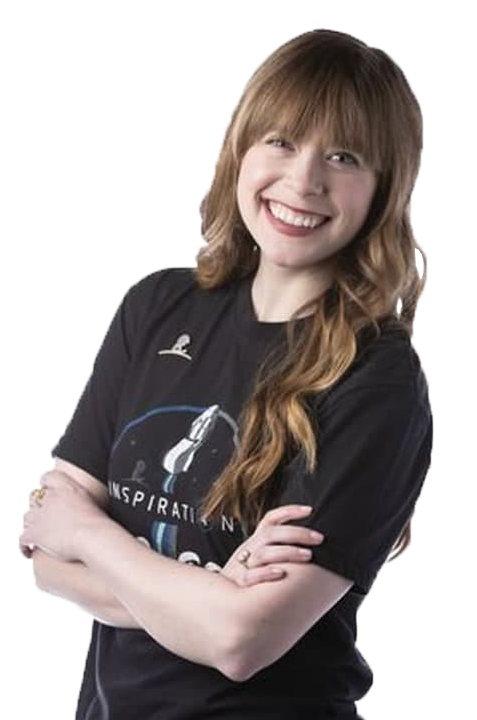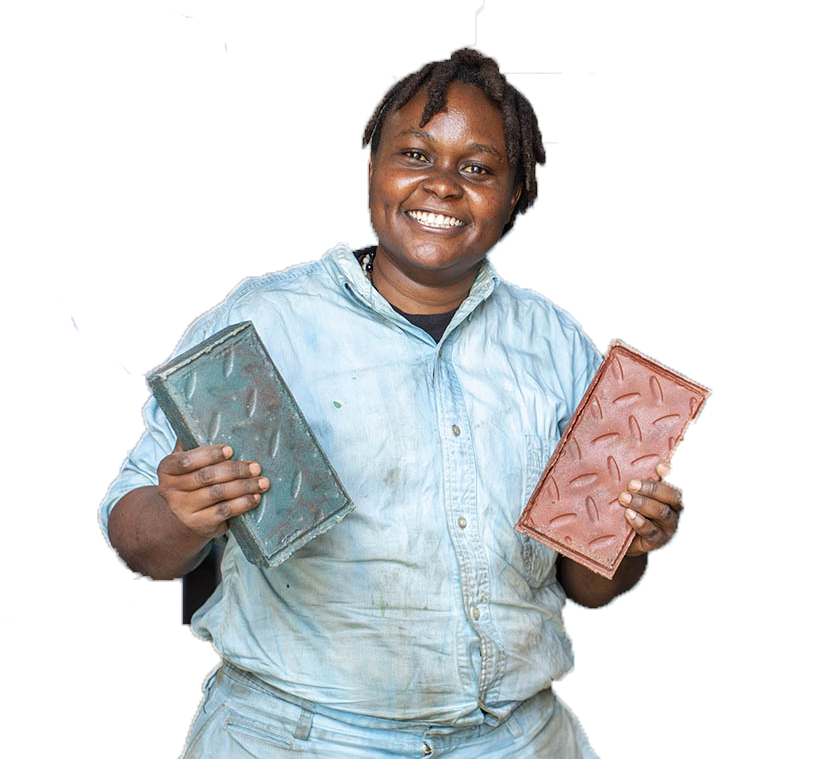Author: Carloine Lowder
- Ikea Publishes New Cookbook To Help Put Kitchen Scraps To Good Use
- In 2018 in America alone, there was an estimated 103 million tons of food waste generated. That is the equivalent to 450,00 Statue of Liberties. If that isn’t shocking enough, it is estimated that around the globe one third of all food produced for human consumption is wasted. That food waste ends up in landfills, which then contributes to our greenhouse gas emissions, and eventually to the ever-dire issue of climate change. Cutting down on food waste sounds simple, right? Well, it’s not as easy as one would think. Throwing away one thing here and there adds up quickly. If we all worked to become slightly more conscientious about what we waste, we might witness dramatic results. Ikea, the infamous do-it-yourself Swedish furniture store is now doing its part to help cut down on this food waste. The ScrapsBook, launched on March 18th, contains 50 recipes from top chefs around North America demonstrating how one can cleverly transform what might have been thrown out into a culinary masterpiece. Also included in this book are helpful kitchen advice, including how to regrow chopped ends, create cucumber insect repellant, and utilize eggshells as limescale cleaner. IKEA Canada explained the idea behind The ScarpsBook in a statement saying, 'At IKEA, we believe the kitchen is the heart of the home. Unfortunately, it tends to be a wasteful place—but it doesn't have to be. That's why we've created the IKEA ScrapsBook—a cookbook dedicated to cooking with the little things we usually throw away. Featuring 50 recipes created in collaboration with chefs across North America and waste-saving tips, all designed to help you live a little more sustainably in your kitchen.' In an age where learning to live sustainably is more vital than ever, Ikea is among the many worldwide companies shifting to promote a more “green-focused” narrative. If simplistic ways of doing your part to make less waste are laid out clearly for the public, we might move towards a cleaner world and take the first steps towards a global effort to fight climate change.
- Teen Makes Bow Ties for Shelter Dogs In An Effort to Help Them Get Adopted
- It all started when he made a Teenage Mutant Ninja Turtle bowtie. Darius Brown, who first learned to sew a bowtie at 8 years old from his older sister, wore this accessory to school, subsequently inspiring many of his friends to ask for one of their own. What started as an innocent interest quickly turned into a hobby as Brown continued to make ties for those who asked for one. It was two years later, in 2017, that Darius discovered another way to put his hobby to good use. Following Hurricane Irma, hundreds of dogs and cats were left homeless in Florida and Puerto Rico. With so many animals in need of a home and so many heart wrenching pictures to look through, Darius decided to help some pets stand out from the pack – literally! What makes for a better picture than an adorable animal wearing a goofy bowtie? With this in mind, Darius dropped of 25-pet-sized bowties to the ASPCA in New York City. His idea worked better than he could have ever imagined. These accessories helped to bring out an animal’s unique personality and draw adopters in. “Animals who wear them get adopted right away because people find them instantly charming,” said Lorri Caffrey, executive director of the Mt. Pleasant Animal Shelter in East Hanover, N.J, to the New York Times. It is estimated that Darius has as donated over 600 bowties to animals in shelters over the last 4 years. He makes around 10 bowties every week now, with each one taking about 15 minutes to complete. Though he does not have a dog himself, Darius gets his “puppy fill” every time he visits the shelter. One day, he hopes to open a foster shelter for dogs and expand his canine accessory line to include sweaters and vests. “A well-dressed dog,” he said. “That will make people smile.”
- First She Survived Cancer, Now She Will Be The Youngest Person To Go To Space
- Hayley Arceneaux has always hoped to visit all seven continents before she turned 30. The 29-year-old has had to push back this goal though, as she will be visiting space instead prior to entering her third decade. “I did ask, ‘Am I going to get a passport stamp for going to space?’” Arceneaux said in a statement to the New York Times. “But I don’t think I’m going to. So I’m just going to draw a star and the moon in one of my passports.” A physician assistant at St. Jude’s Children’s Research Hospital in Memphis, Arceneaux is set to be one of four people on the SpaceX Falcon 9 rocket which is due to lift off from Florida at the end of this year. This will be the first crewed space mission to circle Earth where no one on board is a professional astronaut. This groundbreaking adventure has been organized by Jared Isaacman, a 38-year-old billionaire who acquired launch from SpaceX. Isaacman wanted this to be a mission that included more than just the super wealthy, giving 2 of the 4 available seats to St. Jude. One of them will go to a random sweepstakes winner, where the funds will be used to support the hospital. The other: a healthcare worker who symbolizes hope (aka Hayley Arceneaux). When Hayley was 10, she was a patient at St. Jude. Diagnosed with bone cancer, she spent time at St. Jude receiving treatment and getting to know the incredible staff. After this experience, she made it a goal to work at St. Jude’s later in life. She wanted to be a mentor to patients, acting as a shoulder to lean on throughout their shared experience of childhood cancer. And she did just that. Arceneaux was hired last year by St. Jude to work with children with leukemia and lymphoma. Each day, she helps to give hope to young patients going through something she knows too well. Not only will Arceneaux be the youngest person to go to space, but she will also be the first person to have prosthetic body parts to enter orbit. Her resilience and incredible mission of empathy can be a message to all of us in remembering that the sky is never the limit – you can do anything you set your mind to.
- Woman in Kenya Recycles Plastic into Bricks Stronger Than Concrete
- “I was tired being on the sidelines,” Nzambi Matee said in a statement to Reuters. A material engineer from Kenya, Matee found herself growing more and more impatient with the government’s lack of motivation to handle the plastic waste problem. Kenya is just one of many third world countries where plastic waste is leading to not only a human rights and child labor crisis, but also complete environmental devastation. While in a nation like the United States managing the plastic garbage falls to the government, in places like Kenya, it is the poorest individuals who must handle the waste. Matee took it upon herself to figure out a way to not only deal with the waste, but help the environment in the process. Her start-up, Gjenge Makers, transforms plastic waste into durable bricks that are 5 to 7 times stronger than concrete. Matee collects waste for free from factories and pays for additional waste from other recyclers. These plastics are a mix of both high- and low-density polyethylene products. An example of a high-density polyethylene would be a shampoo bottle, whereas a low-density polyethylene would be a plastic sandwich bag. She does not, however, work with polyethylene terephthalate products, most commonly known as plastic bottles. When these plastic materials arrive at Gjenge Makers, they are mixed with sand, heated, then compressed into bricks. From here, the bricks are sold depending on thickness and color to the surrounding area. Their most commonly purchased grey brick costs 850 Kenyan shillings or $7.70 USD per square meter. Matee designed the machines utilized at Gjenge Makers herself and, since its founding in 2017, has successfully recycled 20 tonnes of plastic. Matee’s determination to be the change she wishes to see can serve as an amazing inspiration to us all – getting off the sidelines is completely within our control and might lead to great discoveries.



